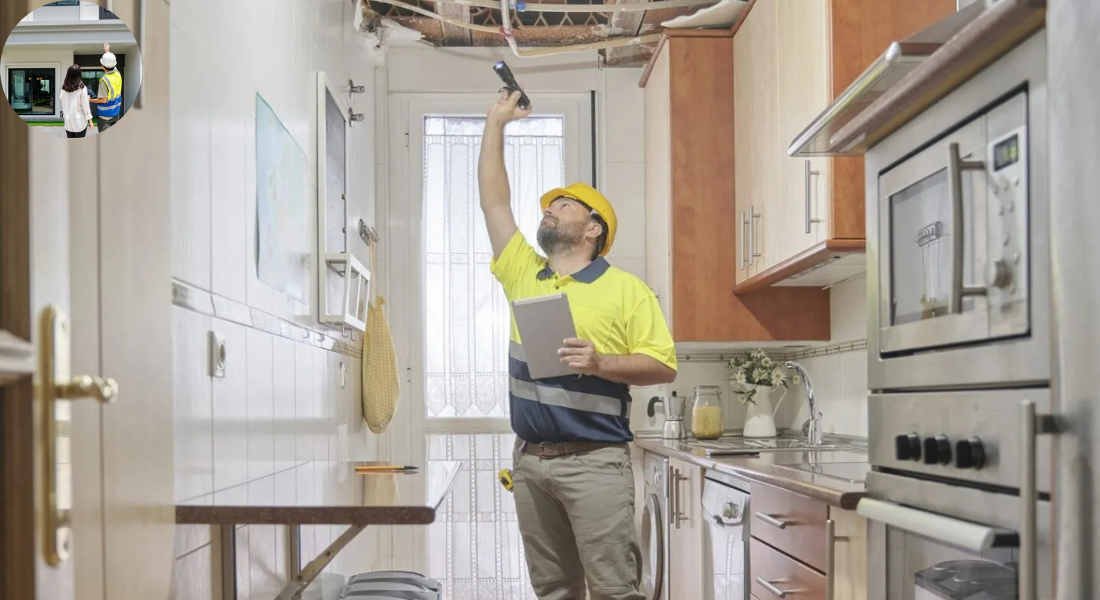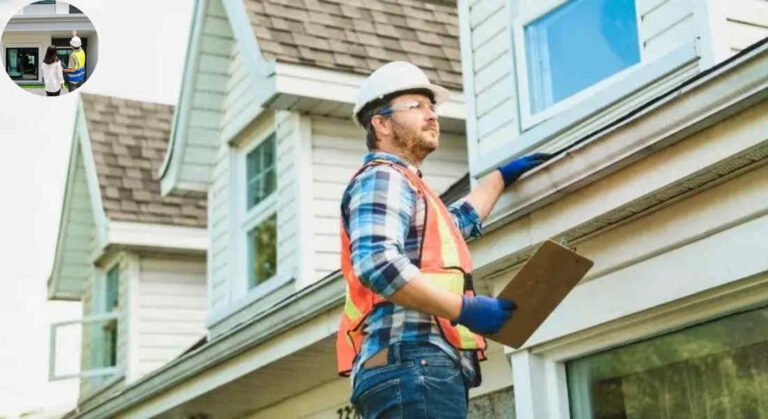Understanding FEMA’s role in home inspections is crucial for disaster survivors seeking federal assistance. After a disaster, FEMA conducts home inspections to verify damage and assess the habitability and safety of affected residences. These inspections involve a thorough walkthrough of the property to document structural damage, evaluate essential systems like electricity and plumbing, and inventory damaged personal property. The process helps FEMA determine eligibility for assistance and the extent of aid required. Importantly, FEMA inspectors do not charge fees, ask for money, or request sensitive financial information during these visits. The inspection typically lasts 20 to 45 minutes and includes photographing damage and verifying applicant information to ensure accurate disaster relief.
What is a Home Inspection?
A home inspection is a comprehensive evaluation of a residential property. It aims to identify any issues that might affect the home’s safety, structure, and overall condition.
During the process, trained inspectors examine various components such as roofing, plumbing, electrical systems, and more. They evaluate both visible and accessible areas to provide an accurate assessment.
Home inspections are commonly conducted during real estate transactions. However, they can also be beneficial for homeowners wishing to maintain their properties.
Understanding this detailed review helps buyers make informed decisions about potential investments. For sellers, it offers insight into necessary repairs before listing their homes on the market.
In essence, home inspections serve as a vital tool in ensuring homes are safe and well-maintained for current or future occupants.
Importance of Home Inspections in Disaster Preparedness
Disaster preparedness relies heavily on home inspections.They help identify vulnerabilities that could lead to severe damage during natural disasters. By assessing the structure and systems of a home, potential risks can be addressed ahead of time.
Understanding your home’s weaknesses helps homeowners make informed decisions about repairs and upgrades. Residents benefit from this proactive approach to property protection as well as increased safety.
Furthermore, an inspection can reveal critical information about local hazards—like flood zones or earthquake-prone areas—that might affect living conditions.
Incorporating this knowledge into emergency plans ensures families are ready when disaster strikes. Preparedness goes beyond just having supplies; it’s about knowing how your home will hold up against unexpected events.
You may also read (does florida home insurance cover hurricane damage).
The Role of FEMA in Home Inspections
FEMA plays a crucial role in ensuring that homes are safe and resilient, especially after disasters. When communities face the aftermath of natural calamities, FEMA steps in to evaluate the condition of affected properties.
Their inspections help determine the extent of damage and assess eligibility for federal aid. This process is vital for homeowners seeking assistance with repairs or rebuilding efforts.
They also aim to promote long-term disaster preparedness through education and resources. By guiding homeowners on necessary improvements, they foster safer living environments.
Through these inspections, FEMA not only addresses current issues but also works towards building more resilient communities against future disasters. Homeowners can benefit from understanding this relationship between their property safety and federal support systems.
Types of Inspections Conducted by FEMA
FEMA conducts various types of inspections to assess damage and ensure safety after disasters. One key type is the Damage Assessment Inspection. This involves evaluating structural integrity and identifying hazards in homes.
These inspections help identify potential pollution issues that may arise from damaged properties.
Mitigation Inspections aim to evaluate measures taken by homeowners to prevent future damage during subsequent disasters. By understanding these different inspection types, homeowners can better prepare themselves for what to expect when FEMA arrives on-site.
You may also read (does home square footage include the basement area).
How to Prepare for a FEMA Home Inspection
Preparing for a FEMA home inspection requires careful planning and organization.Gather all property-related documentation.. This includes previous inspection reports, repair receipts, and photographs of any damage or improvements made.
Next, ensure that your home is accessible. Clear pathways and entry points so inspectors can move around easily. If there are areas with debris or hazards, take the time to clean them up beforehand.
Make sure you understand what the inspector will be looking for during their assessment. Familiarize yourself with common issues they often check for like structural integrity, plumbing systems, electrical wiring, and safety measures in place.
Consider being present during the inspection if possible. This way you can ask questions directly as they arise and gain insights on any immediate concerns noted by the inspector.
By preparing thoroughly for a FEMA home inspection, you’ll not only facilitate an efficient process but also increase your chances of receiving valuable assistance in disaster recovery efforts down the line.
You may also read (does fha allow financing for single wide manufactured homes).
